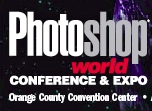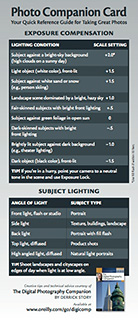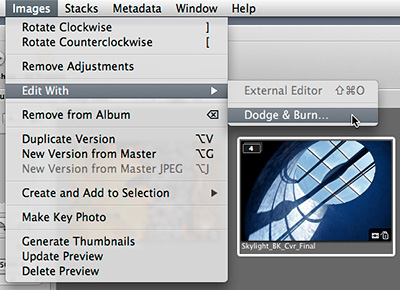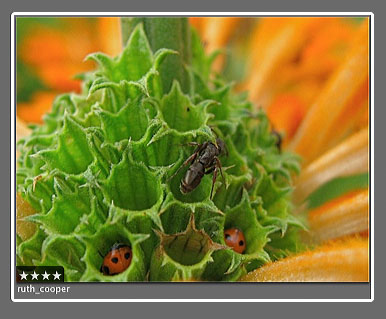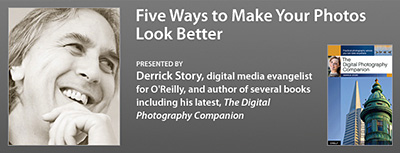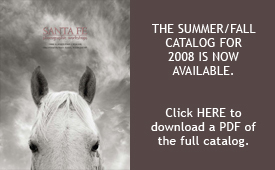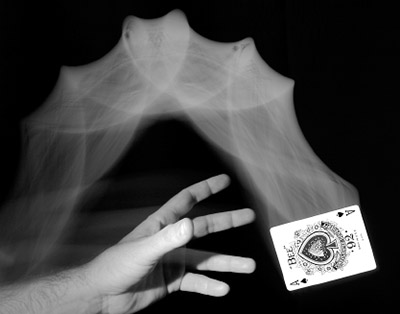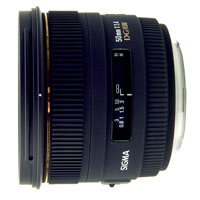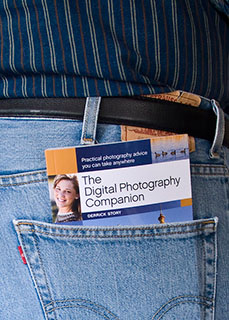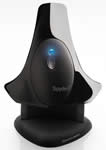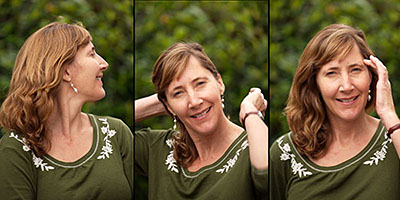
Lots of reader mail has been flowing in lately, and a few of the questions have me stumped. So I thought I'd occasionally run one or two by our adept virtual camera club members to see if anyone has an answer.
Dale writes: "I've been using burst mode on my D300 and noticed something odd that perhaps you could comment on. Whenever I shoot in burst mode I find that the camera records the images slightly out of order."
"For a portrait session, that wouldn't matter of course, but for sports it's a little annoying because I like to have the images in the correct order when I view them on the LCD or in software later."
"For example, when I shoot basketball games, a player might be going up for a lay up, and in the next image, he or she is still driving to the basket. I sometimes will delete images during timeouts, and it's very disconcerting to have the images out of order. Perhaps this is a minor thing, but it sure would be helpful to have them in the correct sequence."
"Have you experienced this or know any solutions?"
Dale, I haven't shot much with a D300 (though would like to), so I don't know what is going on here. But hopefully a few of our readers will have some idea of what may be causing this.
Please post a comment if you think you have an answer... or something interesting to add.
 Now Available! The Digital Photography Companion. The official guide for The Digital Story Virtual Camera Club.
Now Available! The Digital Photography Companion. The official guide for The Digital Story Virtual Camera Club.
- 25 handy and informative tables for quick reference.
- Metadata listings for every photo in the book
- Dedicated chapter on making printing easy.
- Photo management software guide.
- Many, many inside tips gleaned from years of experience.
- Comprehensive (214 pages), yet fits easily in camera bag.
Technorati Tags: digital photography, Nikon D300, Technology, The Digital Story
